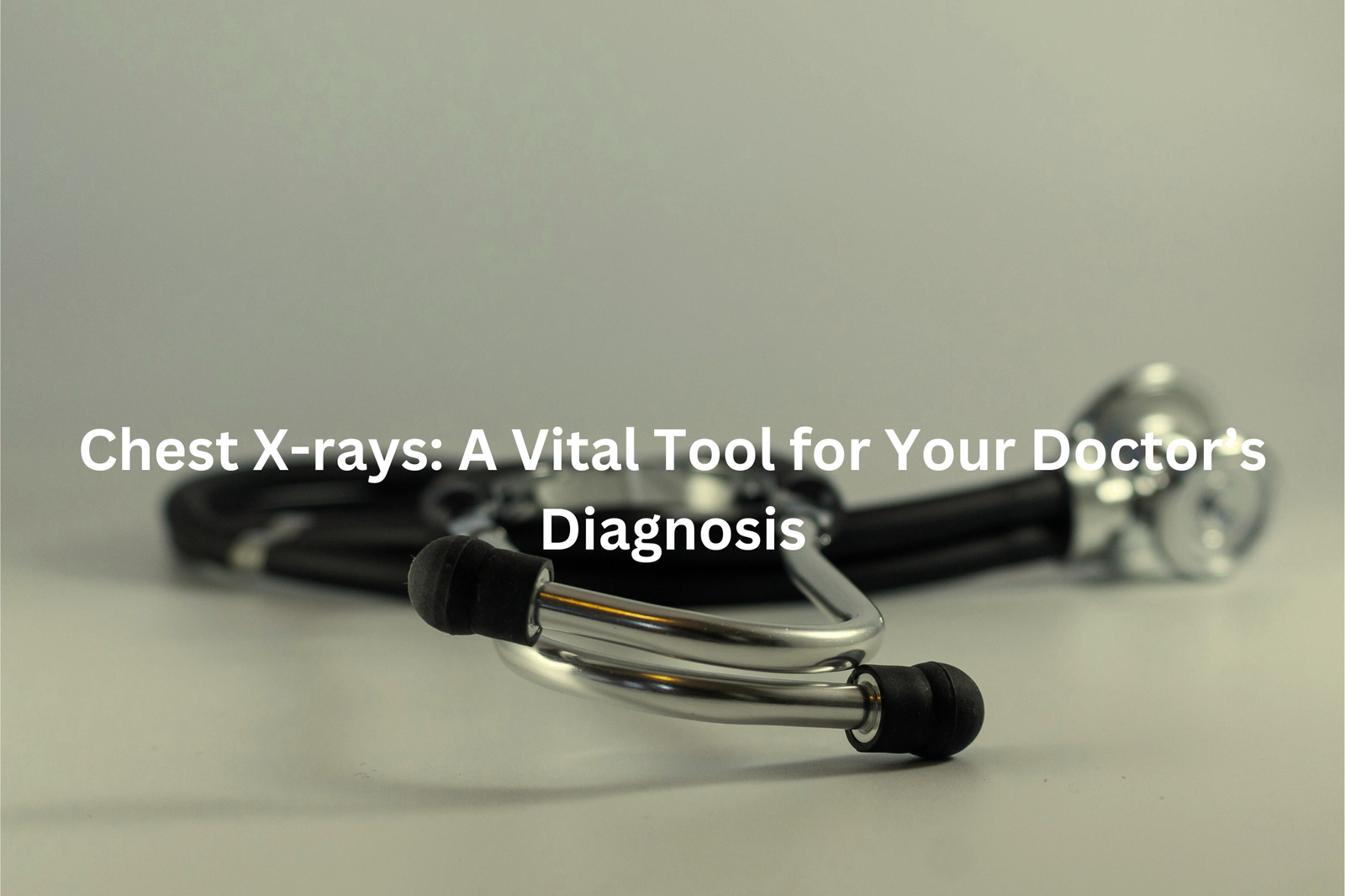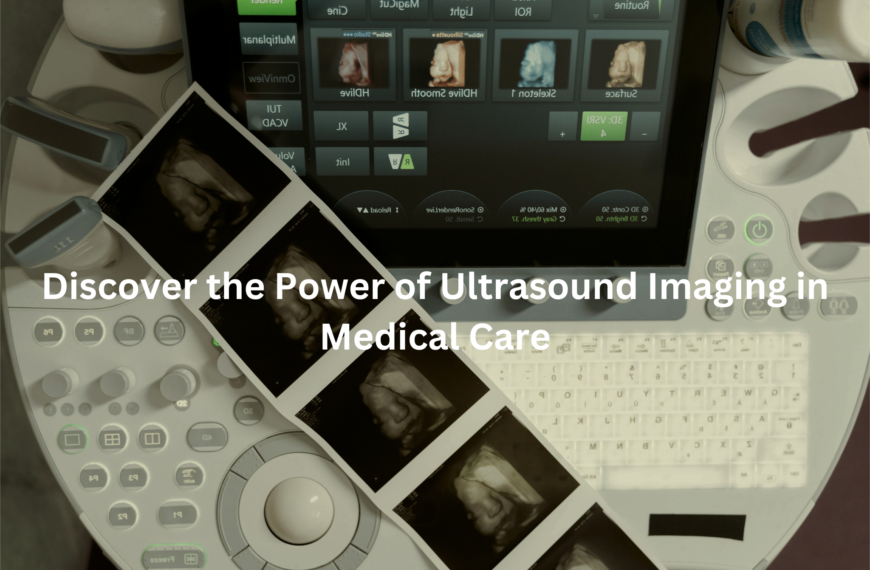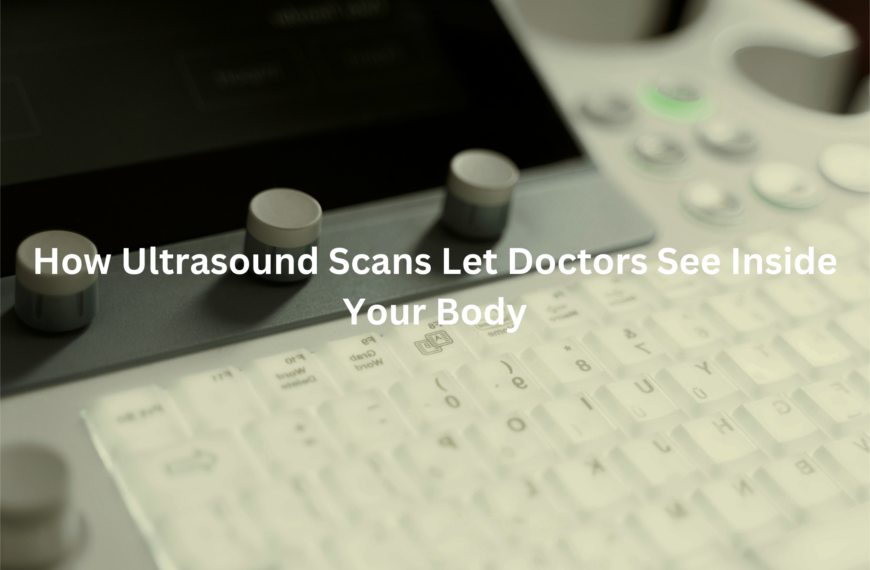Chest X-rays are essential for spotting heart and lung problems. Learn how these special pictures help doctors understand what’s going on inside your body.
Chest X-rays are really important in medicine. They take special pictures of the inside of your body, mainly your chest. Doctors use these images to check your heart, lungs, and other parts to find out if everything is okay.
For example, they can see if there’s pneumonia, a broken rib, or even signs of heart problems. It’s a quick and painless test, usually taking just a few minutes. If you want to learn more about how chest X-rays work and what they can tell doctors, keep reading! There’s a whole lot to discover about these helpful images!
Key Takeaway
- Chest X-rays are quick and help doctors see problems in the heart and lungs.
- They use a small amount of radiation but are generally safe.
- You might need one if you have chest pain or trouble breathing.
What is a Chest X-Ray?
Chest X-rays are something we usually don’t think about until we need one. If someone’s coughing a lot, struggling to breathe, or feeling chest pain, a doctor might suggest this test. It’s a fast way to see inside the chest without surgery. X-rays use a small amount of radiation (like a quick burst of energy) to take pictures of the lungs, heart, and bones. Think of it as a snapshot of what’s happening inside.
Doctors often use chest X-rays to check for issues like pneumonia, lung infections, heart problems, or even broken ribs(1). According to the Royal Australian and New Zealand College of Radiologists, chest X-rays are one of the most common imaging tests.
Why are they useful?
- Results are quick, often within minutes.
- It’s non-invasive—no needles or cuts.
- It can spot many conditions.
If your doctor recommends one, it’s a simple, safe way to help figure out what’s going on. Always ask questions if you’re curious!
How is a Chest X-Ray Done?
Getting a chest X-ray isn’t scary at all. It’s actually quick and straightforward. When you arrive, a healthcare worker (they’re trained for this) will guide you. You’ll likely stand in front of a machine or, if needed, lie down.
Here’s what usually happens:
- Positioning: You’ll stand or lie down, depending on what’s best for the X-ray.
- Two images: One is taken from the back and another from the side. This gives a full view.
- Quick process: It’s done in about 10–15 minutes.
You’ll need to remove jewellery and any clothing from the waist up, but they’ll give you a gown if needed. It’s not painful, just a little stillness required. I remember my first chest X-ray—it was over before I even realised it. These images are crucial for checking your heart, lungs, and bones. It’s a small step that helps doctors keep you healthy.
What Can Chest X-Rays Detect?
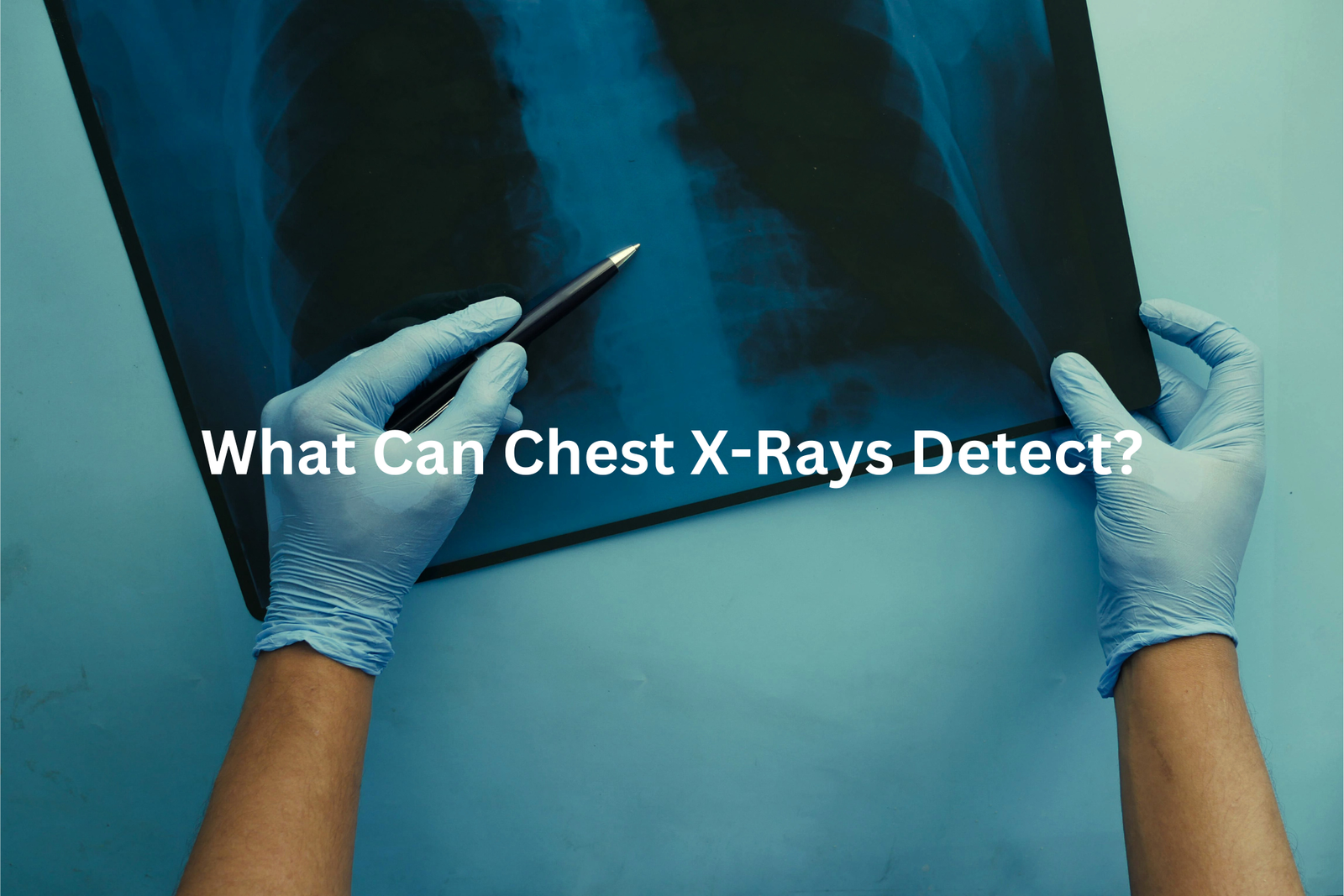
Chest X-rays aren’t just for when you’re feeling crook—they help doctors figure out what’s going on inside your chest. It’s like taking a peek under the bonnet of a car to see what’s working and what’s not.
Here’s what they can spot(2):
- Lungs: Things like pneumonia or infections show up clearly.
- Heart: If your heart looks too big or too small, it might mean something’s not quite right.
- Injuries: Broken ribs or bruised lungs? An X-ray can show the damage.
- Foreign objects: Sometimes kids (or adults!) swallow things they shouldn’t, like coins or toys.
The process is quick—about 10 to 15 minutes. I had one last year when I wasn’t breathing well. Turns out, there was fluid in my lungs. The X-ray helped catch it early, which made all the difference. If your doctor suggests one, don’t stress—it’s painless and really helpful.
Is It Safe to Get a Chest X-Ray?
Sources: The Royal Children’s Hospital Melbourne.
Some people worry about the radiation from a chest X-ray, but honestly, it’s not much at all. The radiation dose is about 0.1 millisieverts (mSv). That’s the same as what you’d get from natural background radiation in ten days. Pretty small, right?
Doctors do take extra care with pregnant women, though. Since their bodies are more sensitive, they might suggest waiting or using a different test. But for most people, chest X-rays are safe and super useful.
Here’s a simple breakdown:
- Low radiation: 0.1 mSv (like ten days of normal life).
- Safe for most people: It’s a common and helpful test.
- Extra care for pregnancy: Alternatives might be considered.
I had one a few years ago, and I was nervous too. But my doctor explained it, and I felt fine knowing it’s such a tiny dose. If you need one, don’t stress—it’s safe and helps doctors help you.
What Happens After the X-Ray?
After the X-ray, the hard part isn’t over yet. A radiologist (a doctor trained to read X-rays) will study the images closely. They’re like detectives, spotting anything unusual. Their findings are written in a report, which is sent to your doctor. Then, your doctor will explain what it all means.
Usually, this process takes a few days. It might feel longer if you’re waiting and feeling nervous. If you’re unsure, just ask your healthcare provider how long it’ll take. It’s okay to want answers.
Here’s a quick summary(3):
- Radiologist: Reads the X-ray and writes the report.
- Doctor: Reviews the report and explains the results.
- Time: Usually a few days.
- Feeling worried? Ask about the timeline.
I remember waiting for my chest X-ray results once. It felt endless, but knowing the timeline helped. If you’re waiting now, don’t hesitate to ask. It makes the wait easier.
When Might You Need a Chest X-Ray?
It’s pretty common for a doctor to order a chest X-ray. Usually, it’s because something feels off—like sudden chest pain or breathing trouble. These things can be scary, and an X-ray helps doctors figure out what’s happening inside.
If you’ve had a cough that just won’t quit, that’s another reason. A cough lasting weeks might mean an infection or something more serious, so doctors use X-rays to check your lungs.
For people with heart or lung conditions, chest X-rays are more routine. They help doctors monitor changes and manage the condition better.
Doctors don’t order X-rays randomly. They follow guidelines, thinking about your symptoms, history, and even your age.
Here’s when they might suggest one:
- Chest pain or breathing issues: To check for blockages or infections.
- Persistent cough: To find the cause.
- Existing conditions: To track progress.
If your doctor suggests it, it’s usually just to make sure everything’s alright.
Final Thoughts About Chest X-Rays
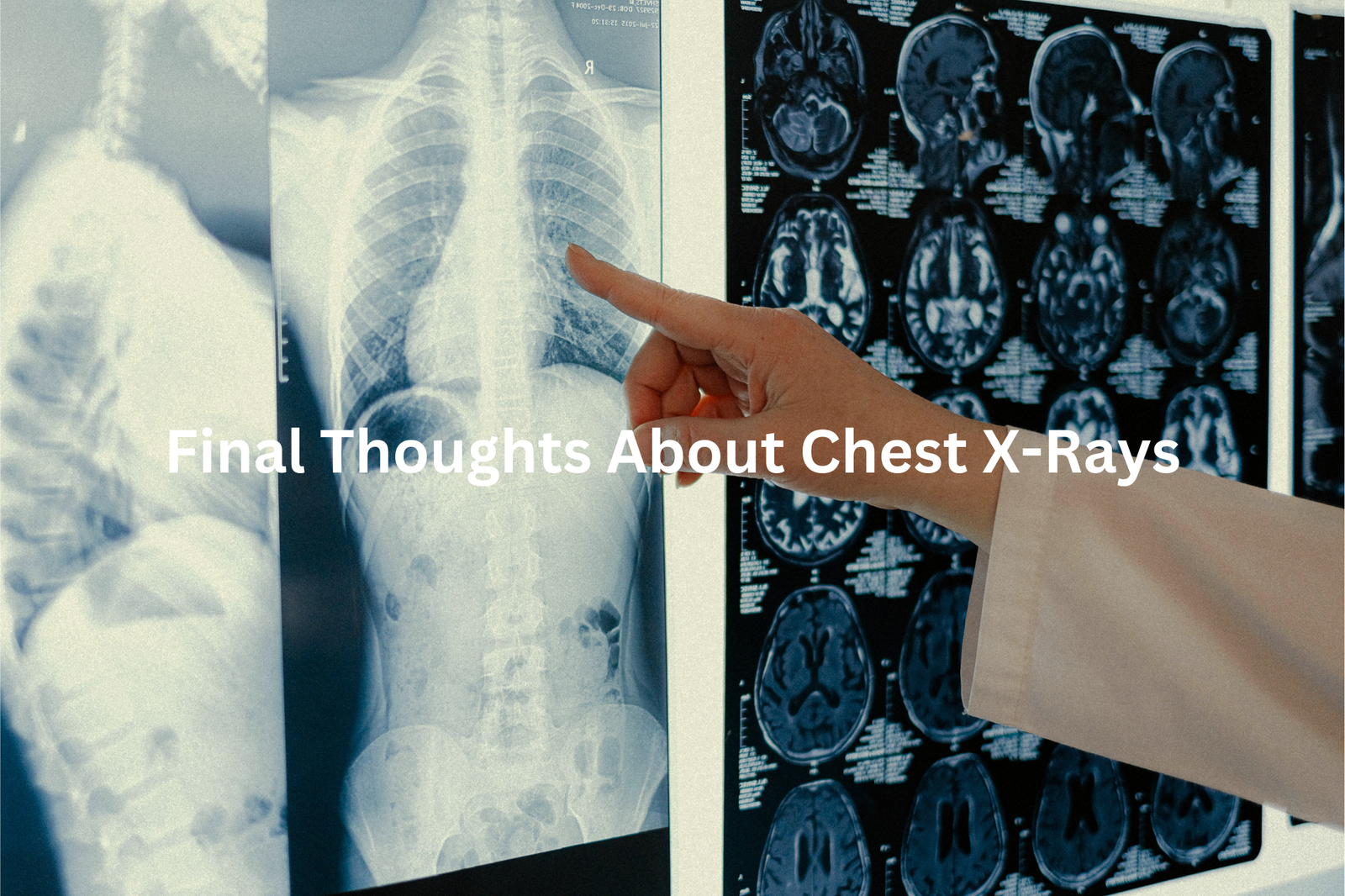
When doctors ask for a chest X-ray, it’s usually to check what’s going on inside your chest. It’s a simple, safe procedure that helps them figure out the best way to help you. No need to worry—it’s quick and common.
Chest X-rays can show a lot of things. They help spot lung infections, heart problems, or even broken ribs. Doctors use them to see if your lungs are clear or if your heart looks the right size.
Here’s when you might need one:
- Trouble breathing: An X-ray can show if something’s affecting your lungs.
- Ongoing cough: If it won’t go away, they might want to check for an infection.
- Existing conditions: If you’ve had heart or lung issues, it helps them keep track.
I had one once after a stubborn cough. It only took minutes, and it was a relief to know everything was okay. If you’re unsure, just ask your doctor—they’ll explain everything.
FAQ
What are X-ray images and how do they relate to radiation exposure and the chest wall?
X-ray images are a type of medical imaging that use small amounts of radiation to create pictures of the inside of the body, including the chest wall. While radiation exposure from these tests is generally low, it’s important to work closely with a healthcare professional to understand the potential risks and benefits.
What is the role of the Australian College of Radiology in chest X-ray interpretation and clinical trials?
The Australian College of Radiology is a leading authority on chest X-ray interpretation and provides guidelines to help healthcare professionals ensure accurate diagnoses. They also play a key role in conducting clinical trials to evaluate new imaging techniques and technologies.
How can confidence intervals be used to assess abnormal chest X-rays and the chest cavity?
Confidence intervals are statistical measures that can help quantify the uncertainty around the interpretation of chest X-ray findings. They can be used to determine the likelihood that a particular abnormality or feature in the chest cavity is truly present and relevant to the patient’s condition.
What are some common abnormalities that can be detected on a chest X-ray, and how are they typically managed?
Chest X-rays can reveal a variety of abnormalities, from lung masses to fluid buildup in the chest cavity. The management of these findings often involves further testing, such as additional imaging or referral to a specialist, to determine the underlying cause and the appropriate course of action.
How do lateral chest radiographs and chest injury imaging differ from standard chest X-rays, and what are their respective uses?
Lateral chest radiographs provide a side view of the chest, which can be helpful in identifying certain types of chest injuries or abnormalities that may not be visible on a standard frontal X-ray. These specialised imaging techniques are often used when a healthcare professional suspects a specific condition or injury that requires a more detailed assessment of the chest.
What is the role of low-dose helical CT scans in the detection and management of chest abnormalities, and how do they compare to traditional chest X-rays?
Low-dose helical CT scans are a more advanced imaging technique that can provide detailed, three-dimensional images of the chest. While they involve a slightly higher radiation exposure than standard chest X-rays, they can be particularly useful in identifying subtle or complex abnormalities, such as small lung nodules or early-stage lung cancer.
How do guidelines and standards for chest X-ray ordering and interpretation help ensure consistent and effective patient care?
Chest X-ray guidelines and standards developed by organisations like the College of Radiology help healthcare professionals follow best practices in ordering, performing, and interpreting these tests. This promotes more consistent and reliable diagnoses, and helps ensure that patients receive the most appropriate medical care based on the findings.
What are some of the key considerations in determining the frequency and utility of routine chest radiographs for different patient populations?
The frequency and necessity of routine chest X-rays can vary depending on factors such as the patient’s age, medical history, and risk factors. Healthcare professionals must weigh the potential benefits of these tests against the possible risks, such as unnecessary radiation exposure, to develop patient management plans that prioritise the best interests of the individual.
How can chest X-ray cases and research studies help advance our understanding of chest abnormalities and improve patient outcomes?
By analysing large collections of chest X-ray cases and the results of related research studies, healthcare professionals can gain valuable insights into the prevalence, characteristics, and management of various chest abnormalities. This knowledge can then be used to develop more effective patient management strategies and improve overall outcomes for individuals with these conditions.
What are some of the key factors that influence the interpretation of chest X-ray images and the subsequent management of patients?
The interpretation of chest X-ray images requires a deep understanding of normal and abnormal chest anatomy, as well as the ability to recognise subtle changes or patterns that may indicate underlying health issues. Healthcare professionals must also consider the patient’s medical history, symptoms, and other relevant information to develop appropriate management plans.
Conclusion
Chest X-rays are helpful tools for looking at your heart and lungs. They’re fast and safe, allowing doctors to spot any issues. This simple test can give important information about your health. If you’re feeling unsure or have questions about the need for a chest X-ray, it’s always wise to ask your healthcare provider. They can explain how the X-ray might help you stay healthy and why it’s an important part of your care.
References
- https://www.svhlunghealth.com.au/procedures/imaging/chest-x-ray
- https://www.healthywa.wa.gov.au/Articles/A_E/Chest-xray
- https://www.arpansa.gov.au/understanding-radiation/what-is-radiation/ionising-radiation/x-ray

